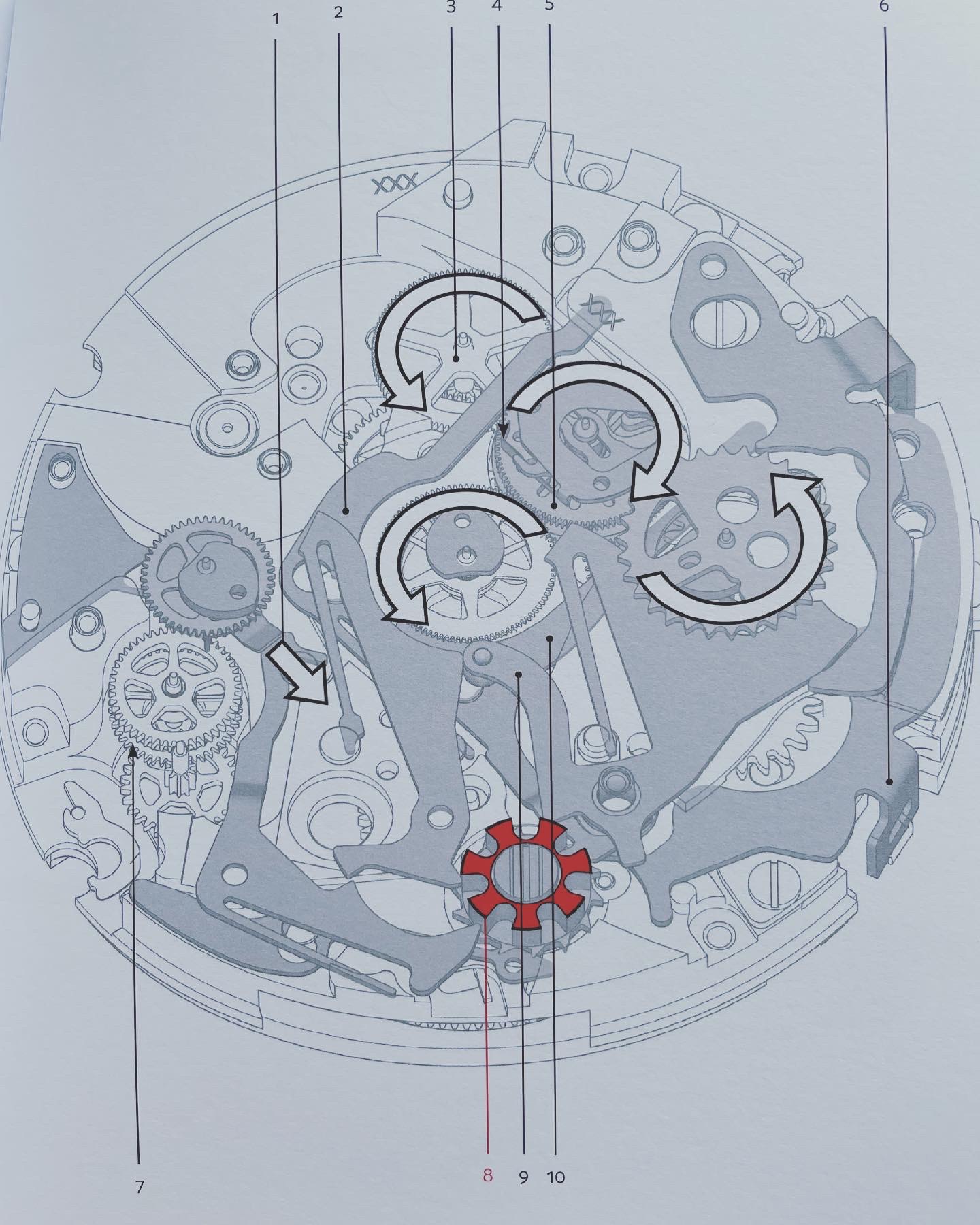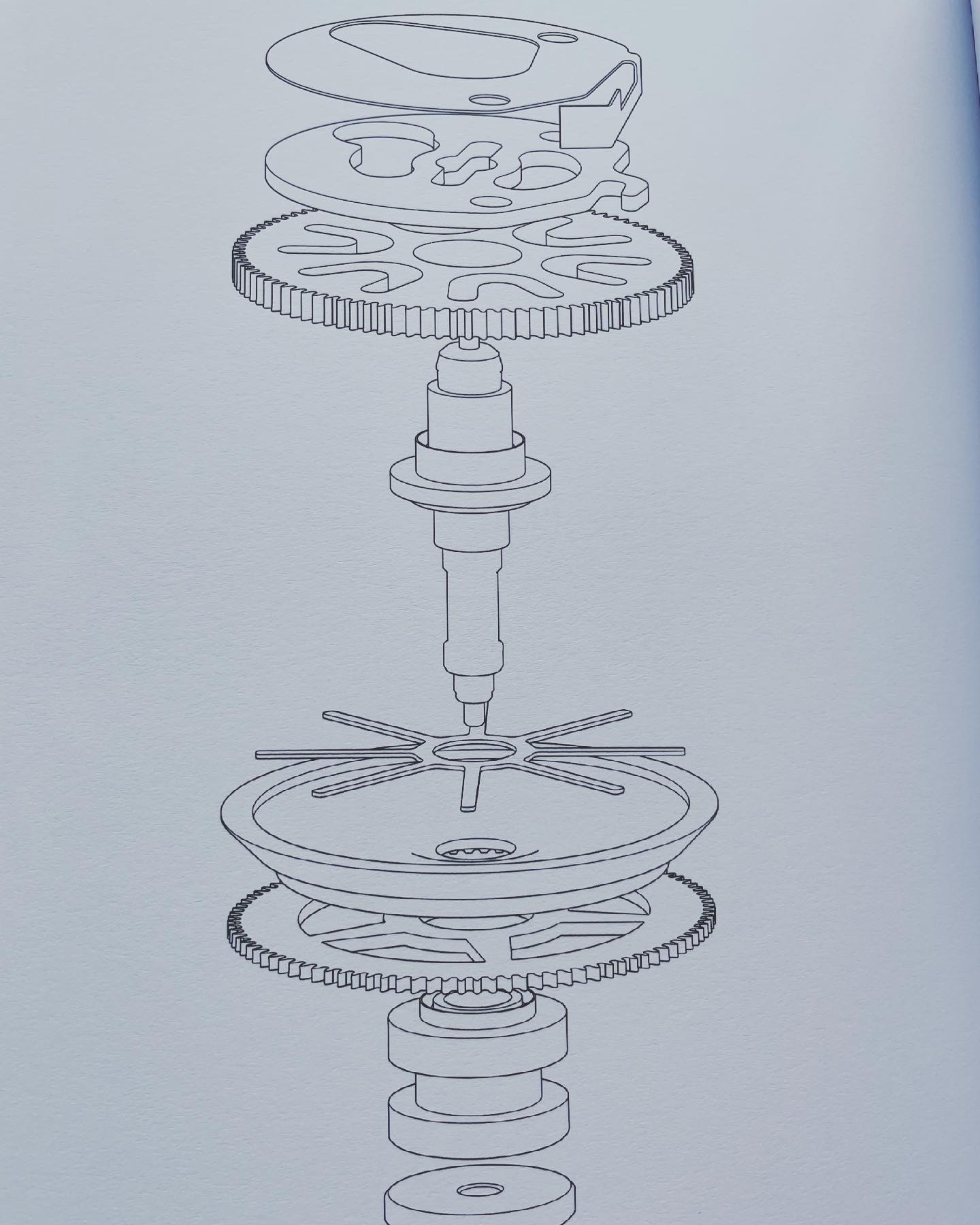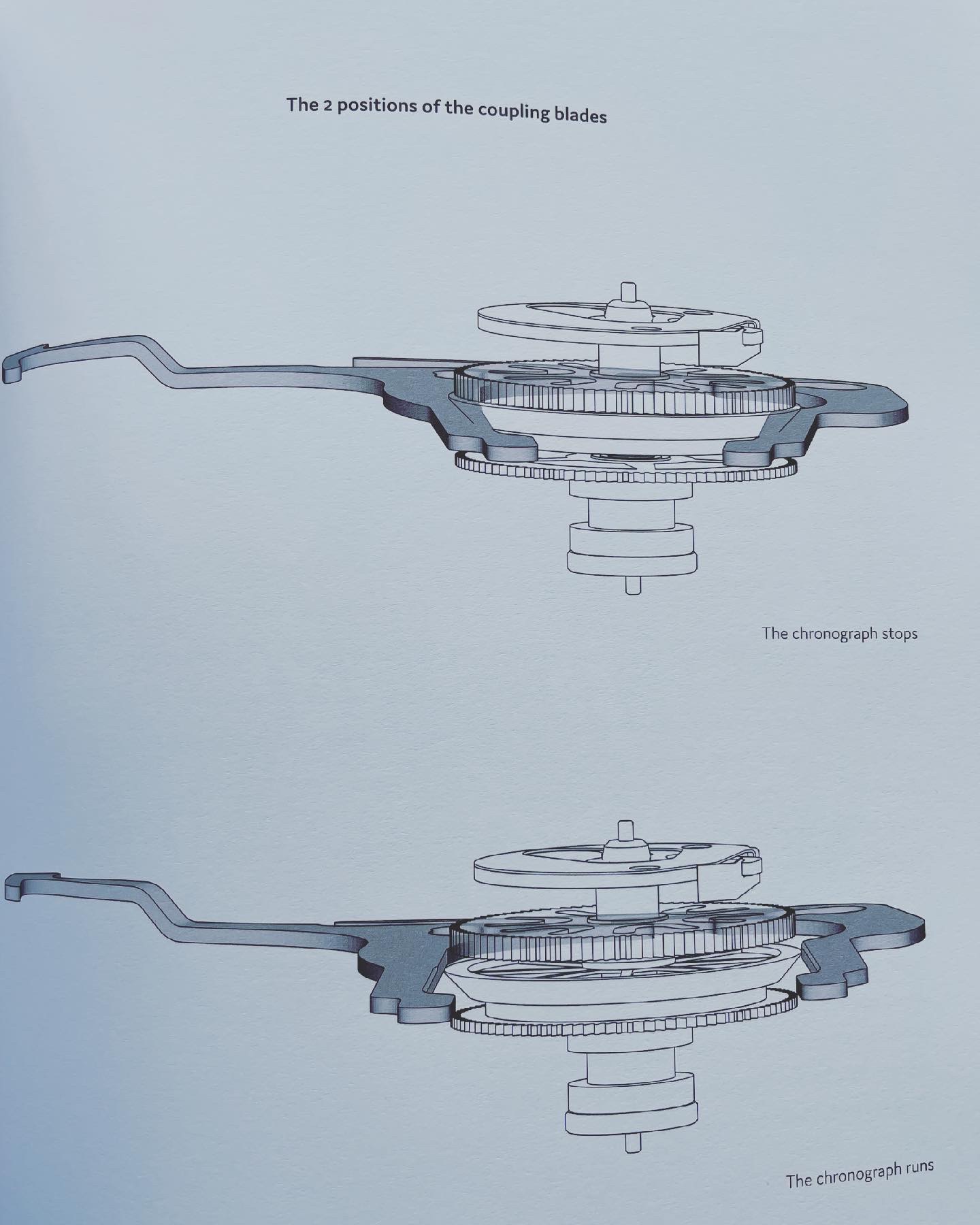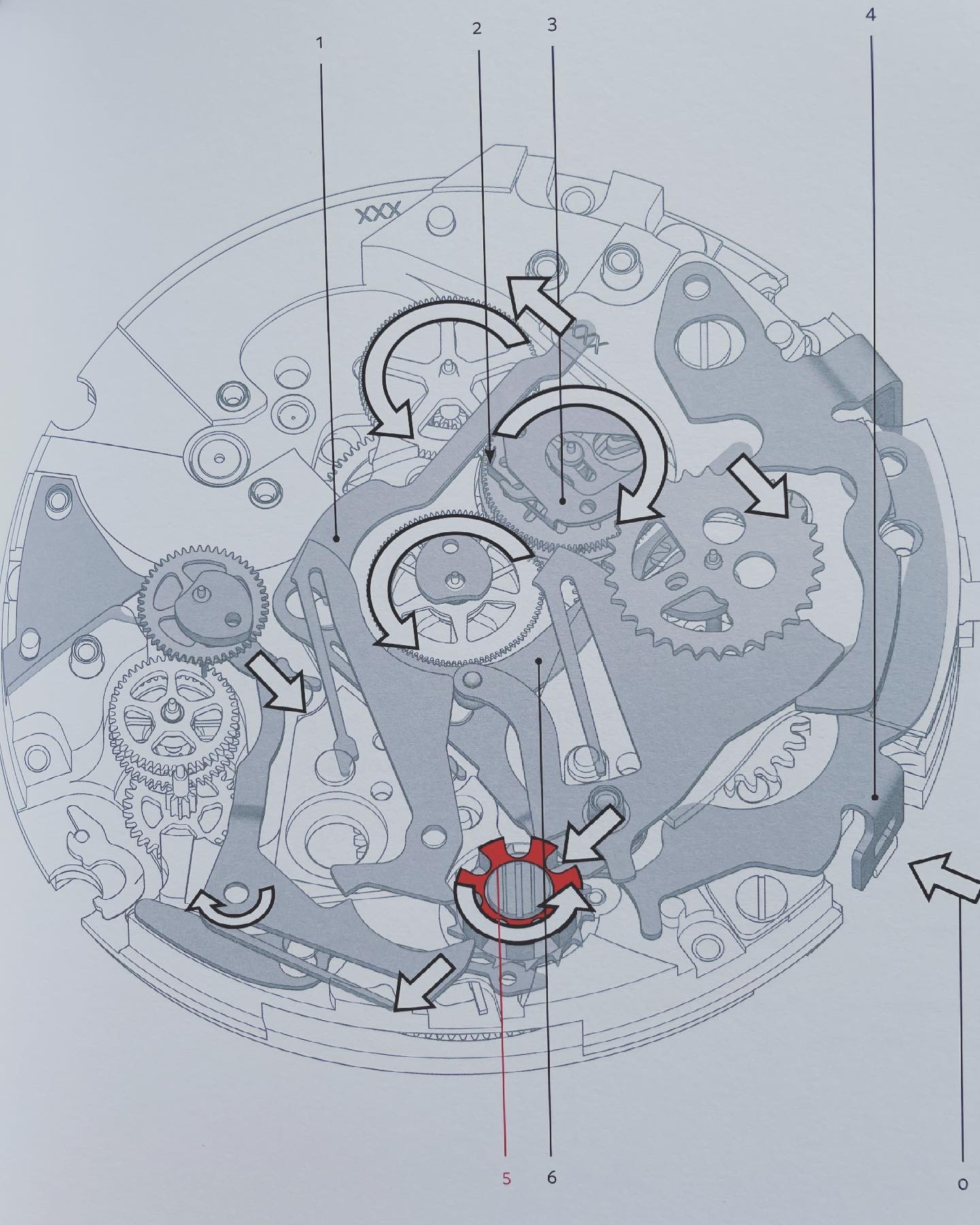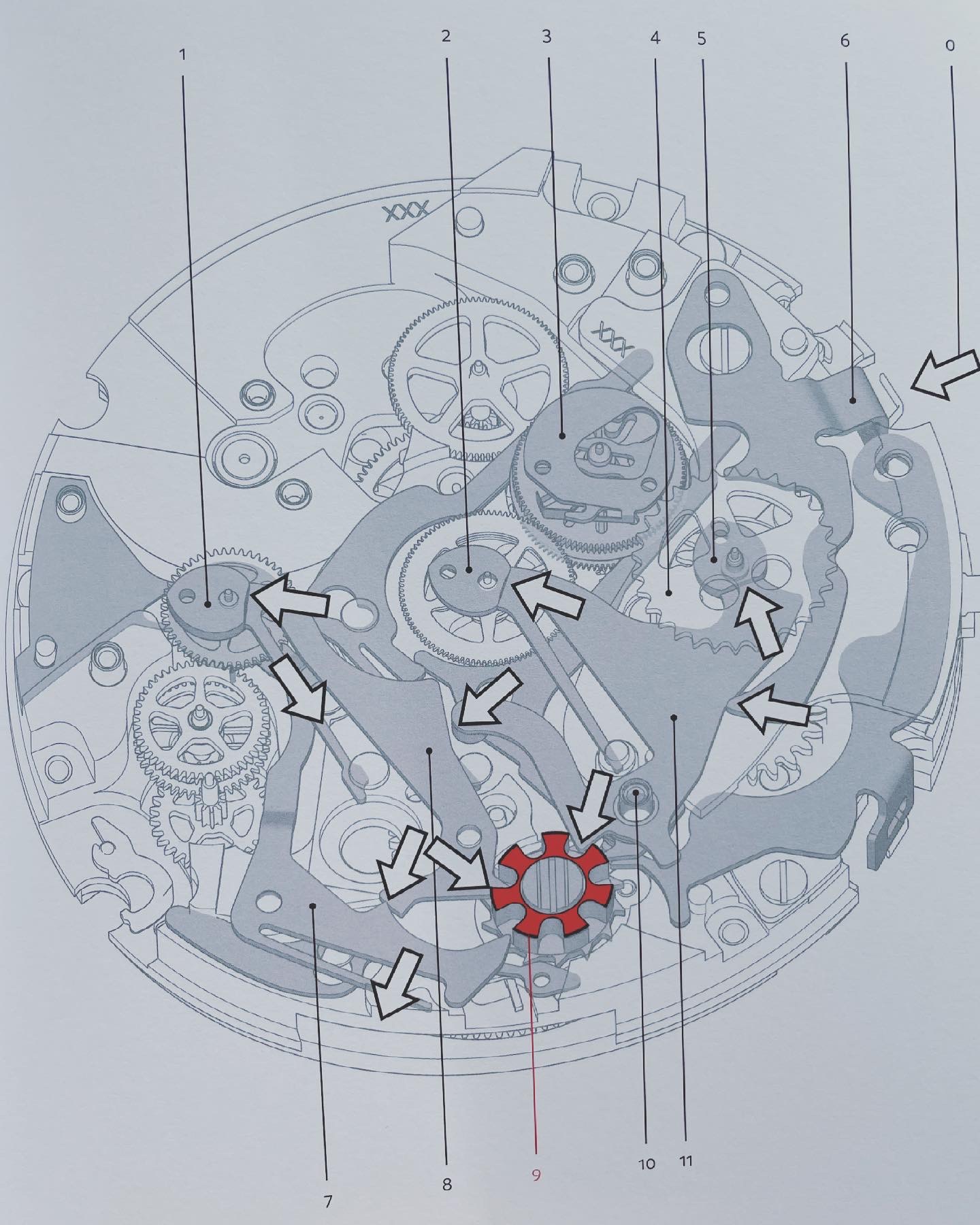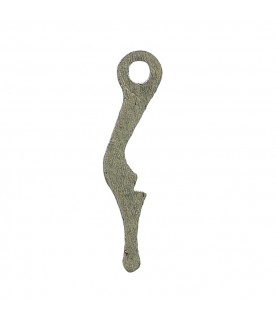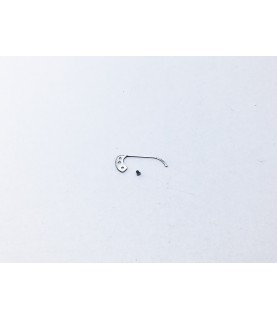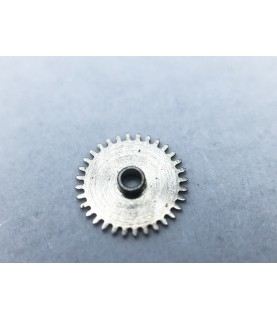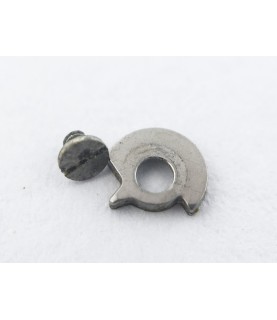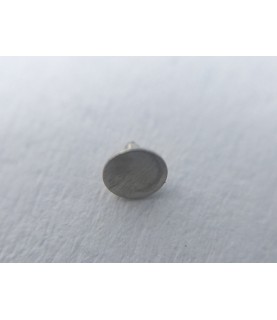Heuer 02 calibre in auction: Useful yet unconventional ways to use your chronograph
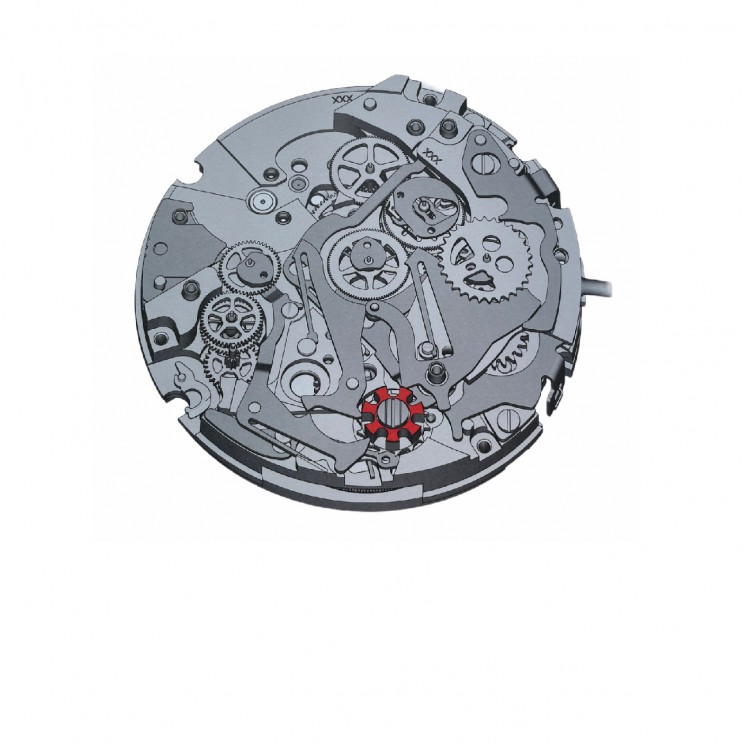
There is no doubt that wristwatch chronographs are practical and exceptionally helpful tools in many ways – from cooking perfectly al dente pasta or boiling an egg just the way you like it to using contact adhesives or remembering when you parked your car. When using all of these functions offered by the chronograph, it is easy to forget that this watch can do more – much more – than simply measuring time intervals. Here are a few helpful tips for chronograph experts: new, useful ways to use your chronograph which you won't find in it's standard instructions. They also work with the rotating glass edge, which the new Autavia chronograph also features.
We must say that the most original use of the chronograph so far has been demonstrated by a particularly superstitious customer: whenever he has a difficult day ahead of him, he positions the chronograph hand so that it points towards his lucky number on the minute dial. He is convinced that this has helped him on numerous occasions.
Remember your appointments
Everyone knows that the central second hand can be stopped at any point on the dial. But fewer people know that this function means it can easily be used as a visual reminder of an appointment at a certain time. To do this, the second hand simply has to be left pointing towards the point on the dial that corresponds to the time at which something needs to be done – for example, it can point towards '8' if you need to hold a conversation at this time. As our visual memory quickly gets used to seeing the chronograph hand in its normal position, pointing towards '12' every glance at the watch dial will serve as a reminder of your appointment.
No more knots in your handkerchief
Chronographs can also replace the old-fashioned idea of tying a knot in your handkerchief. A sudden idea, a brainwave, a flash of inspiration in the middle of the night -you need a way to remember it before you forget, but can't write anything down at the time. Simply start the chronograph and let it run for a few seconds before stopping it again. Its unusual position will remind you that there is something important to be remembered, such as buying flowers for her on your wedding anniversary.
Start the countdown
As a rule, mechanical chronographs can count up but not down, but this simple trick allows you to do both. The situation: it's five minutes past the hour. In 35 minutes, you need to switch on an electrical device. Just start the chronograph, let it run until the chronograph hand points towards '8' on the dial and stop it there. As time passes, the gap between the chronograph hand and the watch's minute hand will slowly close up. When the two hands are aligned, it is time to act. The same process can be used for intervals of an hour or more.
Never miss a moment
Another useful function offered by chronographs is the ability to determine the exact point in time at which a past event occurred. This can also be referred to as a 'record' feature. Here is an example of how this function can be used: something happens and you want -maybe even need- to remember the exact point in time that this event occurred, but are unable to write anything down at the time. In this scenario, all you need to do is start the chronograph. As soon as you are free to do so, stop the chronograph. Now, simply use the chronograph measurement, which shows the elapsed time since the event to the nearest minute, to calculate the time at which it occurred.
Casino Royal
Even those of a more playful nature will find a suitable use for their chronograph. A group of people are waiting on an aeroplane for their flight to take off and want to play a game. Anyone lucky enough to own a chronograph simply covers the dial of the watch with their hand and starts the timer. At some point later, they stop the chronograph. The players can now guess where the chronograph hand -still hidden from their view- is pointing on the dial. Whoever guesses correctly, or is closest to the correct answer, wins the prize fund, made up of all the bets made by the players.
Accuracy in two time zones
Chronographs with a 12-hour totalisator, such as the new Heuer Autavia, can easily be used to display two tome zones on one dial. Before leaving for a trip to another time zone, wait until exactly noon or midnight and then start the timer. The chronograph will then display the time in your original time zone, no matter where are you in the world. The hour and minute hands can be set to the local time upon arrival at your destination without affecting this function. Of course, the only downside of this method is that you cannot use the chronograph during your journey. If you do, it will have to be restarted when the time in your original time zone is either noon or midnight. For Central Europeans currently travelling in New York, for example, this would need to be done at either 6 a.m. or 6 p.m.
Opening the tongs allows a spring to push the two coupling discs together.
The chronograph starts moving.
Lock for hour counter, unlocked
& 10. Start/stop tongs with coupling blades
Driving wheel on the shaft of the second wheel engages in the lower wheel of the vertical clutch
Driver for the minute counter
Upper wheel of the vertical clutch
Start/stop push-button with operating lever
Frictional coupling for the hour counter
Columns wheel
The right tong arm moves outwards
Starting the chronograph:
Pressing the start/stop push-button at 2 o'clock on the case flank causes the operating lever to move the crown wheel one position.
The lug on the long lever of the right tong arm moves into a gap between two columns on the crown wheel. The long arm and separating blade move outwards. The forced control means that the equivalent piece on the left-hand side is also pushed outwards at the same time. A small spring now pushes the two coupling discs together.
The coupling wheel facing the plate engages in the driving wheel fastened to the shaft of the second wheel. In the same way, after the tongs are opened and coupling takes place, the upper fixed coupling wheel causes the chrono center wheel and therefore also the chronograph hand to move smoothly.
After each rotation of the central chronograph hand, the driver on the upper coupling wheel moves the minute counter one position further.
When the chronograph is started, one column on the crown wheel also lifts the rear end of the lock for the 12-hour counter. This causes the hour totalisator, which is driven by a further frictional coupling from the barrel along the path, to start moving slowly.
Press on the start/stop pusher
&6. Start/stop tongs with coupling blades
Driving spring for minute counter
Vertical clutch, coupled in
Start/stop push-button with operating lever
Columns wheel
Stopping the chronograph:
Pressing the start/stop push-button again causes the crown wheel to rotate once more.
One of its columns lifts the lug on the long lever of the right tong arm.
The tong arm and separating blade move inwards. The forced control means that the equivalent piece on the left-hand side also slides inwards.
This process separates the coupling discs.
The chronograph and the counter hand remain in their positions.
The rear end of the lock for the 12-hour counter fails in between two columns in this scenario. This causes the end facing the counter to move forwards, stops it and thus prevents the indicated time interval from being changed.
This process can be repeated as many times as desired for additional stops.
Press the start/stop pusher
& 6. Start/stop tongs with coupling blades
Vertical clutch, coupled in
Start/stop push-button with operating lever
Lock for hour counter active
Columns wheel
Reseting the chronograph:
The chronograph can be reset after it has previously been stopped by pressing the reset push-button at 4 o'clock on the case flank.
The reset lever acts directly on the combined hammer for the chronograph hand and the 30-minute counter.
The pressure causes the functional surfaces of this hammer to move in the direction of the reset driver which is fixe to the shafts of the chronograph hand and minute counter. Due to the shape of this driver, they are moved out of their position in such a wat that the hands move into the vertical position.
The free rear end of the combined hammer presses against the hammer for resetting the hour hand. Forced control means that this process causes the lock to rotate and the hour counter brake to be released.
The chronograph is now ready to carry out a new measurement.
Press on the reset pusher
Hour driver
Second driver
Vertical clutch, separated
30-minute counter star wheel
Minute diver
Reset push-button with integrated reset lever
Hour counter lock
Hammer for the hour counter
Columns wheel
Fulcrum point of the combined hammer
Combined hammer for the chronograph hand and the 30-minute counter

